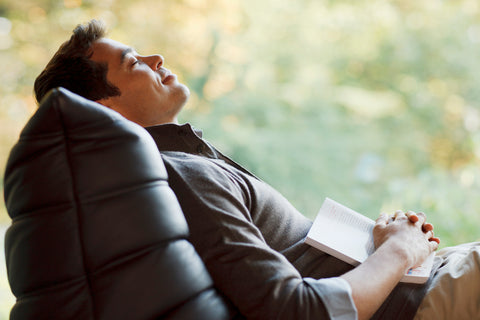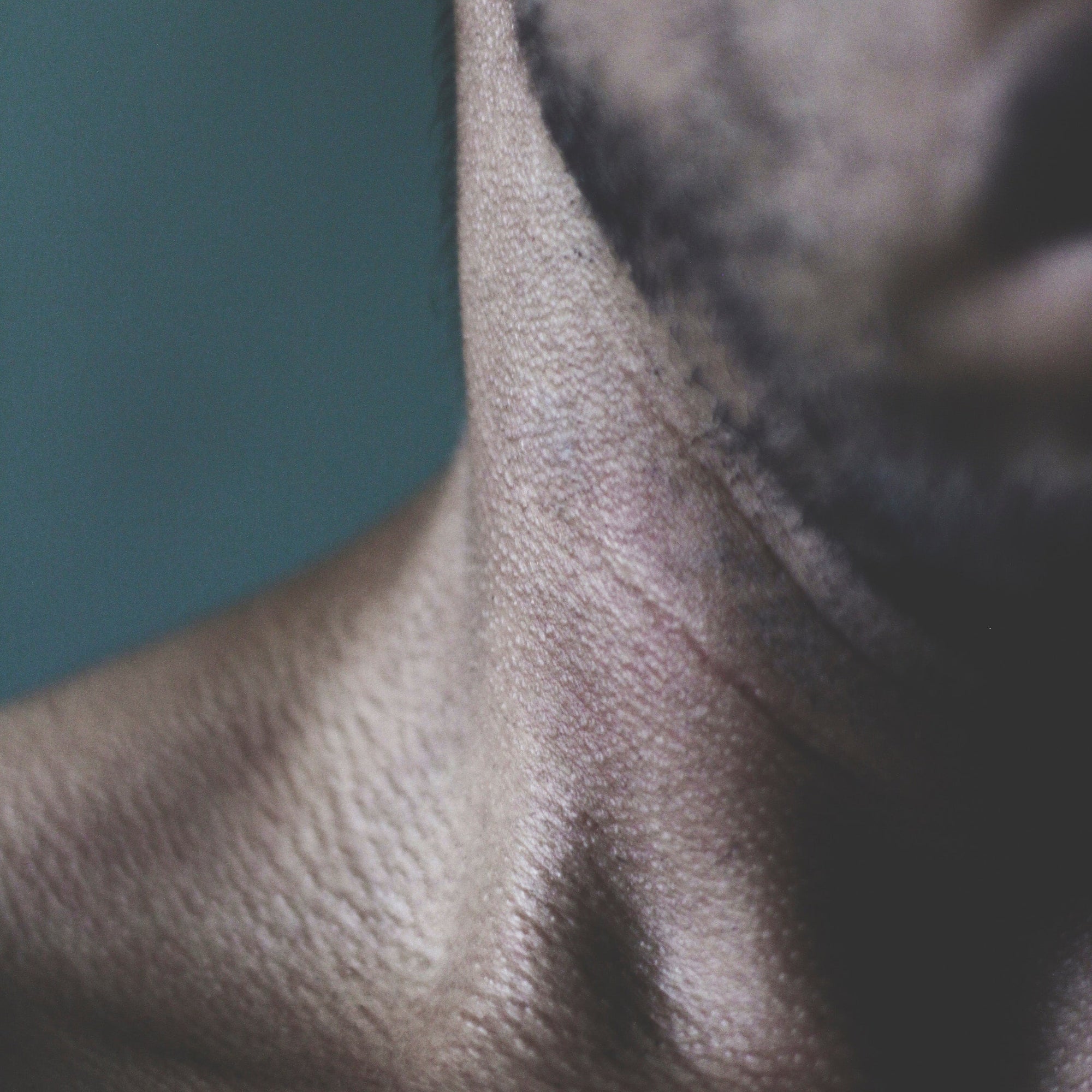Scientifically proven to boost your mental and physical health, a short power nap will leave you energised and restored.
Boosting alertness, decreasing fatigue and doing wonders for your creativity.
A short nap also makes you look healthier – with fewer wrinkles, smoother skin and a healthy glow.
Now scientists are exploring ways to strategically use naps to help overcome some of the effects of sleep deprivation and fatigue – using them not reactively, but proactively.
Here’s how it works… and the best way to do it.

Studies of all different durations - from 15 minutes to 90 minutes - show a wealth of benefits to taking a mid-day nap.
The Benefits of Taking a Nap
Napping enhances our cardiovascular system and helps lower blood pressure.
We also know that naps can be beneficial for learning and memory. With naps even as short as 17 minutes able to influence the fixation of information. So something that has been learned before the nap is then fixed into your mind in exactly the same way as happens after we sleep for 8 hours.
As well as restoring our general level of alertness and focus, we also know that naps improve athletic performance too.
Naps do seem to provide a sort of restorative mental energy focus benefit.
But they can be a double-edged sword!
The Downside of Napping
You naturally build up sleepiness throughout the day.
Essentially, the longer you’re awake, the more adenosine builds up in your brain, creating the sleep pressure you need to be able to fall asleep at bedtime.
But a nap that is too long - or is too late in the afternoon – can act like a pressure valve on this sleep pressure.
So when it comes time for you to fall asleep at your natural bedtime in the evening you don’t feel sleepy anymore. And when you fall asleep your sleep will be more shallow. And there’s a danger of waking up several times throughout the night.
So what’s the best way to get a good nap?
Take a Proactive Nap
There are interesting strategies that have real world implications for people who have to go through long periods of not getting enough sleep and need to stay focused – like nurses and doctors, long haul airline pilots and night shift workers.
Scientists have been exploring ways to strategically use naps to help overcome some of the effects of fatigue, not reactively, but proactively.
What is a Proactive Nap?
Proactive naps are naps that are pre-planned.
They’re taken in advance to ensure you remain alert and focused if you have to stay awake for a long time. Proactive naps also help to maintain your productivity and overall well-being if you’re working irregular or extra long hours.
By taking a proactive nap, you can prepare your body - and your mind - for the upcoming demands, making it an effective strategy to prevent fatigue and improve performance.
You take it before a tough work schedule - rather than in response to one.
Studies have shown that airline pilots on long haul flights are better able to deal with the mental focus needed to fly the plane when they had a nap proactively, rather than waiting until after the flight and napping reactively.
And NASA recognises proactive naps as the best countermeasure to fatigue.
How to Nap Proactively
Two things will ensure success when taking a proactive nap:
- Try to get the nap in before 3pm, any later and you’re running the risk of disrupting your sleep
-
In terms of duration, try to limit it to a maximum of 15 to 20 minutes.
That way you’re not going to go into the deeper stages of non-REM sleep.
And the reason you need to be careful of this is because when you come out of those deeper stages of sleep - for example after a nap of say 45 minutes - your brain is going to have some effect of sleep inertia.
Your brain is going to be half in the world of deep sleep, and half in the world of wakefulness. That creates this effect of sleep inertia where for the first hour or 90 minutes after you wake you may actually feel worse than before you took the nap.
What are the Ideal Conditions for Taking a Proactive Nap?
The NASA Ames Research Center recommends that to get the most from a scheduled nap you need to create the right sleep environment.
This should be:
- Dark
- Quiet
- Cool and
- Ideally, you should be in a flat position.
An eye mask and noise cancelling headphones maybe the best way to achieve this during the afternoon.

Photo by Lucas Andrade on Unsplash
You can read more here:
- "Hey Athletes: Here’s the Best Sleep Hacks for Peak Athletic Performance"
- "10 Benefits of Taking a Power Nap (and glowing skin is one of them)"
- "Beauty Sleep: 14 ways to sleep better"
The Takeaway
A proactive nap can be the best way to help you feel rested, alert and focused when you know your schedule might stop you from getting a full night’s sleep.
A 15-20 minute nap taken before 3pm will leave you energised and restored – and ready to take on any workload.
By taking a proactive nap, you can prepare your body - and your mind - for the upcoming demands, making it an effective strategy to prevent fatigue and improve performance.
References
Lovato N, Lack L. The effects of napping on cognitive functioning. Prog Brain Res. 2010;185:155-66. doi: 10.1016/B978-0-444-53702-7.00009-9. PMID: 21075238.
Ficca G, Axelsson J, Mollicone DJ, Muto V, Vitiello MV. Naps, cognition and performance. Sleep Med Rev. 2010 Aug;14(4):249-58. doi: 10.1016/j.smrv.2009.09.005. Epub 2009 Dec 3. PMID: 19962331.
Lastella M, Halson SL, Vitale JA, Memon AR, Vincent GE. To Nap or Not to Nap? A Systematic Review Evaluating Napping Behavior in Athletes and the Impact on Various Measures of Athletic Performance. Nat Sci Sleep. 2021 Jun 24;13:841-862. doi: 10.2147/NSS.S315556. PMID: 34194254; PMCID: PMC8238550.
Hartzler BM. Fatigue on the flight deck: the consequences of sleep loss and the benefits of napping. Accid Anal Prev. 2014 Jan;62:309-18. doi: 10.1016/j.aap.2013.10.010. Epub 2013 Oct 19. PMID: 24215936.


